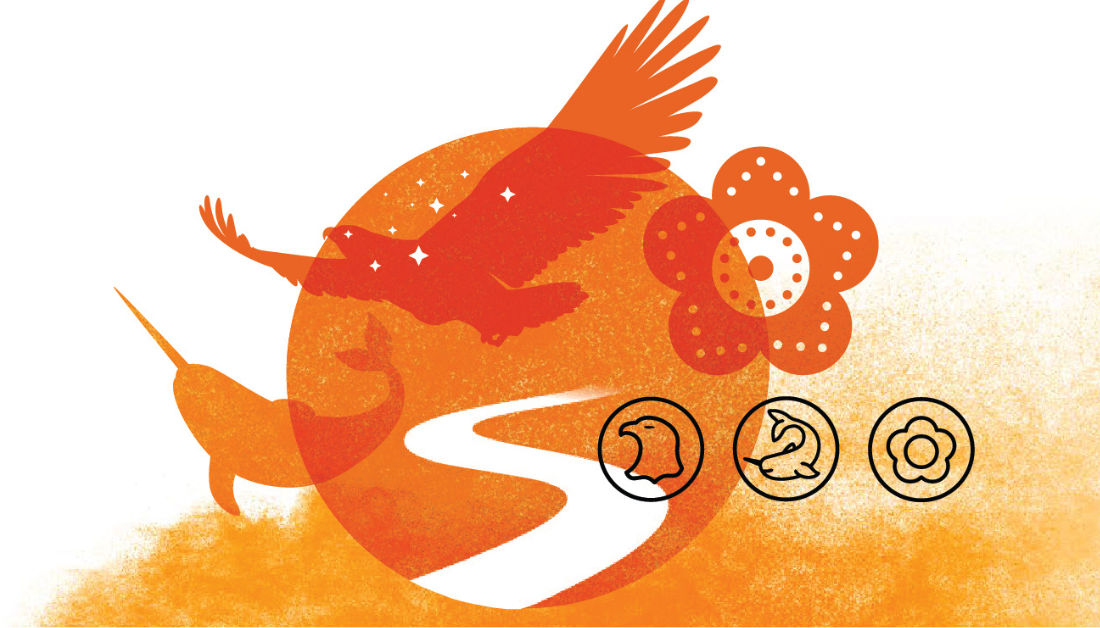On September 30, Canadians will observe the National Day for Truth and Reconciliation, which honours Survivors and remembers the children who never returned home, acknowledging the lasting impacts of residential schools.
Canadians are pausing to reflect, while also working toward a future where reconciliation is embodied in both remembrance and economics – in the choices and partnerships that shape the country going forward.
Indigenous representation and ensuring impacted communities continue to have opportunities for meaningful input and participation is becoming a central part of the nation-building agenda in both policy and investment.
This month, Ottawa appointed 11 members to a new Indigenous Advisory Council for the Major Projects Office, which was created to guide how large infrastructure and energy projects advance.
At the same time, financing tools are being expanded. The federal Indigenous Loan Guarantee Program has grown to $10 billion to help communities take equity positions in major projects. For example, In British Columbia, 36 First Nations recently secured financing to acquire a 12.5 percent share of Enbridge’s Westcoast pipeline system, one of the most significant equity transactions to date. In another example, The Haisla Nation holds a 50.1 per cent ownership stake in Cedar LNG, making it the first majority Indigenous-owned LNG project in the world. This project provides the Haisla Nation with unprecedented opportunities for economic prosperity and community development, transforming their role from stakeholders to equity partners.
These developments show how Indigenous participation is shifting from consultation to ownership and involvement. For many, equity in projects offers a financial path to long-term community benefits in housing, education, and infrastructure. For others, this can also take the shape of royalties or accommodation payments.
While some celebrate the progress forward, not all leaders believe the current approach is sufficient.
In Manitoba, Premier Wab Kinew and others have criticized Prime Minister Mark Carney’s Indigenous Advisory Council for including a Métis representative but no First Nation or Inuit leaders. Some First Nations leaders are worried that accelerating national projects will impact treaty rights by failing to conduct meaningful consultation and not adequately assessing cumulative impacts of development.
Representation and relationships shape whether nation-building projects deliver lasting community benefits, respect treaty rights, and create the kinds of partnerships that foster the Canadian prosperity that engaged women are calling for. As we all continue our shared work of truth and reconciliation, Canada’s nation-building vision will be measured by both speed and meaningful inclusion.
